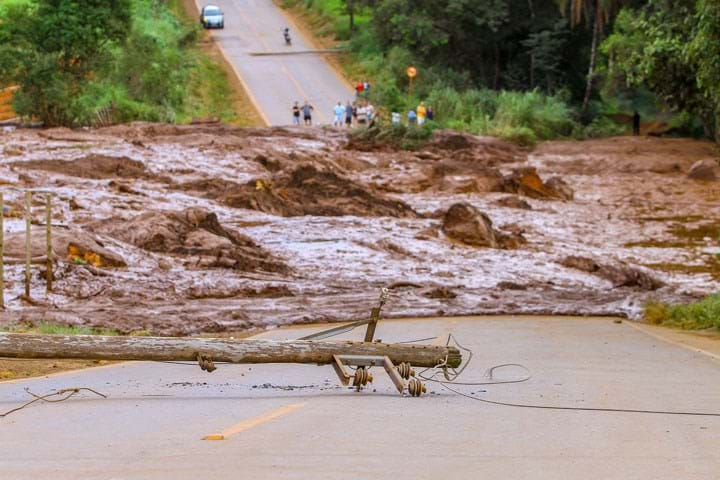Vale knew Brazil dam was unstable more than a decade before collapse
Report finds mining giant failed to mitigate risks

ACCORDING to the summary of a report by an independent consulting committee created by Vale, the mining company knew as far back as 2003 about the safety issues at a Brazil dam which fatally collapsed last year. Additionally, it knew that a collapse of the structure could lead to a high number of deaths but took insufficient measures to mitigate impacts.
The report was issued by Vale’s Extraordinary Independent Consulting Committee for Investigation, which was established following the dam collapse. An executive summary is available (https://bit.ly/33ptn57). The full report has not been released to the public, and Vale declined to provide The Chemical Engineer with a copy.
Last year, Dam 1 of the Córrego do Feijão mine – also known as B1 – located near Brumadinho, Minas Gerais, Brazil, collapsed. It released a torrent of muddy slurry which buried the surrounding area, including the site’s administrative area and cafeteria, reaching as far as a nearby community. As of 28 December 2019, 259 people have been confirmed dead, and 11 people remain missing.
The report follows an investigation to understand the factors involved in the collapse, including those that are technical; non-technical, such as organisational, cultural, and governance aspects; and, which allowed the collapse to reach the scale observed, in terms of loss of life, environmental, and material impacts.
The summary includes recommendations made to help Vale improve its practices and culture.
Liquefaction studies
According to the summary, as well as a previous technical report, Dam 1 failed by static liquefaction. Liquefaction is a process by which materials such as sand lose their strength and stiffness and behave more like a liquid.
Auditors noted the need to perform stability analysis of Dam 1 considering the possibility of static liquefaction, as far back as 2003. Every year between 2010 and 2013, an external auditor recommended analysis of the potential for liquefaction of Dam 1. The last had been conducted in 2016 by consulting company Geoconsultoria. In 2014, Geoconsultoria conducted the analysis by reinterpreting data collected in 2005.
In 2016, following a recommendation to use new data, Geoconsultoria performed new geotechnical and laboratory tests on the dam and liquefaction studies. Initially the results were unfavorable, but Geoconsultoria then employed methodology which the summary referred to as “questionable” and the dam gained stability certification. Methodology recommended by Geoconsultoria’s subcontracted consultant would have indicated imminent failure, says the summary.
This article is adapted from an earlier online version.
Recent Editions
Catch up on the latest news, views and jobs from The Chemical Engineer. Below are the four latest issues. View a wider selection of the archive from within the Magazine section of this site.




